There’s something strangely compelling about miniature items, especially intricately detailed Lilliputian-sized scale models of cities. The fact that these painstakingly assembled cityscapes are actually real, functioning architectural models makes us drawn even more to these amazing works of art. Taking months and years to build, these “toy towns” are adored by kids, but often times more so by grown-ups.
THE LOWDOWN
The Urban Redevelopment Authority’s (URA) Singapore City Gallery houses 3 architectural models. The flagship model is the Central Area Model, a 110 square metre (1184 sq ft) large 1:400 scale replica (1cm = 400cm) of Singapore’s downtown. The centre’s oldest model but also the most detailed and interesting, you can delight in viewing close-ups of Singapore’s skyscrapers and downtown areas in the exquisitely colourful model.
There is also a much smaller 1:1000 model of Singapore’s City Centre, crafted in plain balsa wood. The 3rd architectural model housed in the gallery is a flat, expansive Islandwide Model of Singapore capturing a macro-perspective of the terrain and almost every building on the island.
These architectural models are fascinating to “explore” for anyone living in Singapore, or anyone with an interest in the country’s landscape and development – property investors for instance.
The Central Area Model in fact also ranks among the largest scale model cities in the world. In Shanghai, a 1:500 scale model projecting what the downtown area of China’s second largest city would look like by 2020 measures just over 100 sq m (1000 sq ft), and is on display at the Shanghai Urban Planning Exhibition Hall.
Also in China, the centerpiece of the Beijing Planning Exhibition Halls is a massive 1:750 scale 302 sq m large (3250 sq ft) extraordinarily detailed scale model of Beijing’s metropolitan areas. The replica buildings have been overlaid over aerial photographs of the city in some places, and new buildings depicting Beijing as envisioned in 2020 are also included.
The largest city scale model however is one of New York City. Built for the 1964 World’s Fair, the Panorama of the City of New York is a massive 867.2 sq m (9,335 sq ft) model built to a scale of 1:1200. The model, housed in the Queens Museum, has been updated over time and now contains every single one of the 895,000 of the buildings constructed before 1992.
Although not among the largest models, the one of Tokyo is surely the coolest. A wonderfully intricate 1:1000 scale model of Minato-Ku in Tokyo, the model was crafted over 14 months and was designed to showcase potential sites for Tokyo’s bid for the 2012 Summer Olympics, which it incidentally lost to London. Check out this project called “Tokyo City Symphony” which uses light to map 3D projections onto the miniature city model. You can even create your own version of the light show.
VISITING
Apart from the miniature scale models, the Singapore City Gallery also boasts a full-scale gallery dedicated to showcasing Singapore’s urban development.
Singapore has undergone a stunning transformation in the past 50 years, with the most pronounced changes taking place in the last 10-15 years alone. Although many middle-aged Singaporeans now seek a slowing down of this frenetic pace of change and are even hankering for some things to return to the way they were in the “good old days”, there is no denying that Singapore’s rapid development reflected in the dramatically changing urban landscape has been nothing short of remarkable.
To understand Singapore’s urban planning challenges, goals and strategies towards conservation, greenery etc one really needs to visit the URA’s showpiece gallery. Opened in 1999 and set over 3 floors, the gallery has 10 themed areas chock full of audiovisual and interactive exhibits, designed to take the audience through Singapore’s urban planning journey. There are interesting infographic displays with a wealth of information, such as one explaining Singapore’s strategy to reclaim space underground now that above ground space is already at a premium. From pedestrian malls and walkways, MRT tunnels and underground water and sewerage networks to ammunition storage facilities more than 100m below ground, there is actually a lot going on underneath our feet.
There is also an exhibition area on the ground floor just within the entrance. When I visited the gallery a couple of months ago the Draft Master Plan 2013 exhibition was being held. Very interesting stuff that.
LOCATION
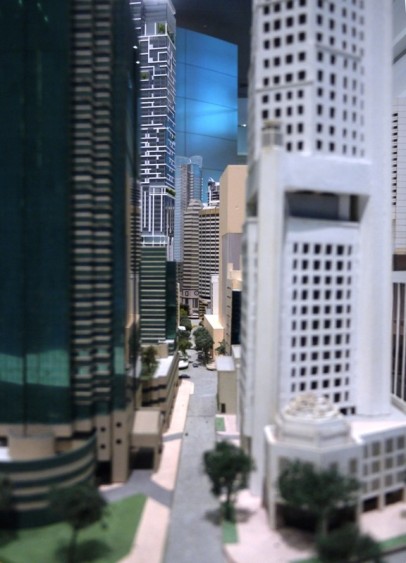 The URA Centre
The URA Centre
45 Maxwell Road
Open: Monday to Saturday 9.00am to 5.00pm
Closed on Sundays and Public Holidays.
HOW MUCH TIME
About an hour or even 2, depending on how much interest you have in Singapore’s urban planning.
TAKE NOTE
- There is a canned “light and sound show” over the main Central Area Model every hour from 10am – 4pm. The narrative is in English, although there are also 4 Mandarin Chinese versions at 9.30am, 11.30am, 1.30pm and 3.30pm. Lasting all of approximately 2-3 minutes, the show introduces the areas of Singapore with spotlights highlighting the area on the scale model. I found it very underwhelming frankly.
- The acclaimed Maxwell Food Centre is just across the road, so consider planning your visit to the Singapore City Gallery with lunch or dinner, or just teatime at the food centre.
TIDBITS
- There is a “National Cycling Plan” in place for Singapore, with the aim of building 700 km of a pan-island cycling network (from the current 280km) to encourage cycling for recreational purposes, as well as provide an earth-friendly alternative mode of transportation. The expanded cycling network will bring the current 4km of cycling tracks per 100,000 population up to 12km.
- Denmark tops the list of countries with the highest cycling tracks per capita at 80km per 100,000 population.
- The decision to reclaim land off the waterfront of Singapore’s city to form the Marina Bay area was made way back in the 1970s. Land reclamation started soon after, and by 1992 more than 700 ha of new land had been reclaimed.
- Singapore’s first land reclamation project was conducted by our founder Sir Stamford Raffles, in 1819. Swampy land off the main harbour was reclaimed to form what we know as Boat Quay today.
- In the 1960s the land area of Singapore was approximately 580 km square. Singapore has since grown by more than 20%, or 17,000 football fields in size.
USEFUL LINKS
- URA Singapore City Gallery
- Going Places: Model in the Making – Interview with Mohd Yazid, a model maker at the URA for over 30 years.
- Touropia: 10 Remarkable Miniature Cities
- Singapore Version 2.0: Towards an Intelligent City – An interesting 30 min video by renowned local architect Tay Kheng Soon, outlining how although Singapore’s urban planners have done a good job, they now need to take it to the next level.

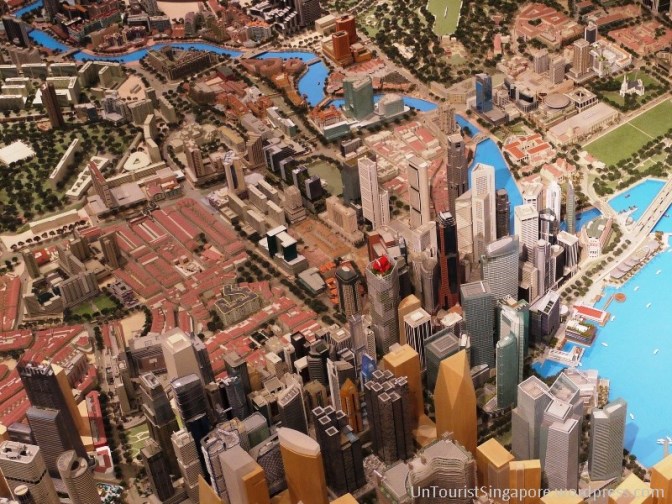
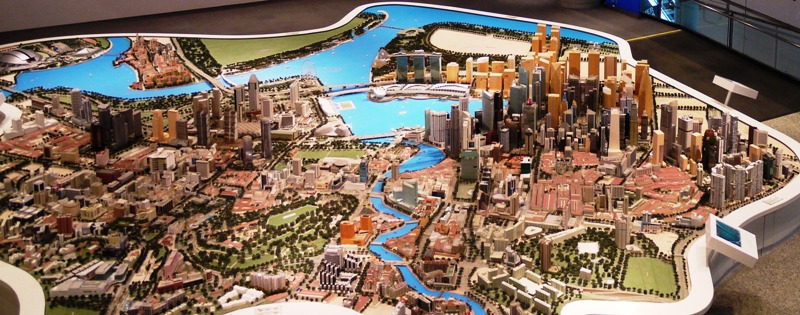
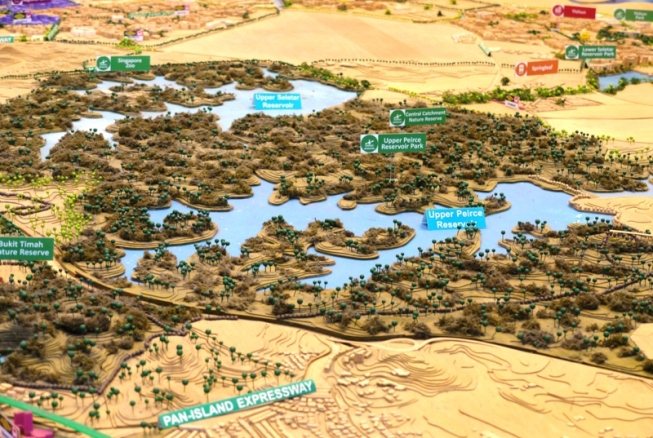
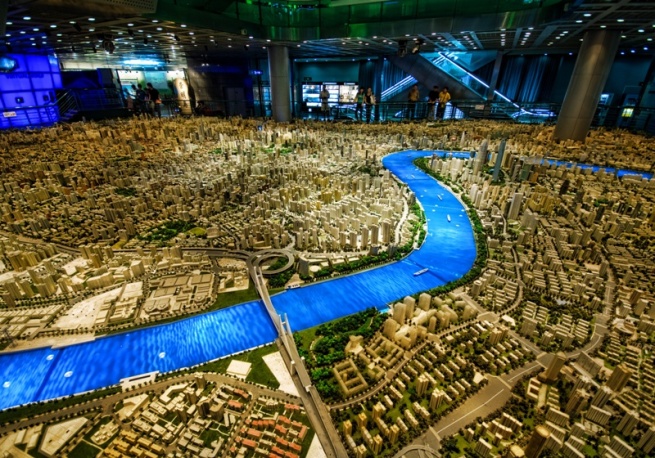
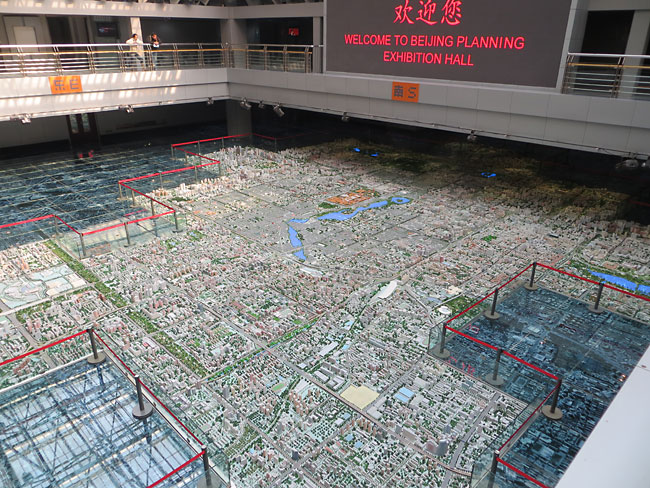
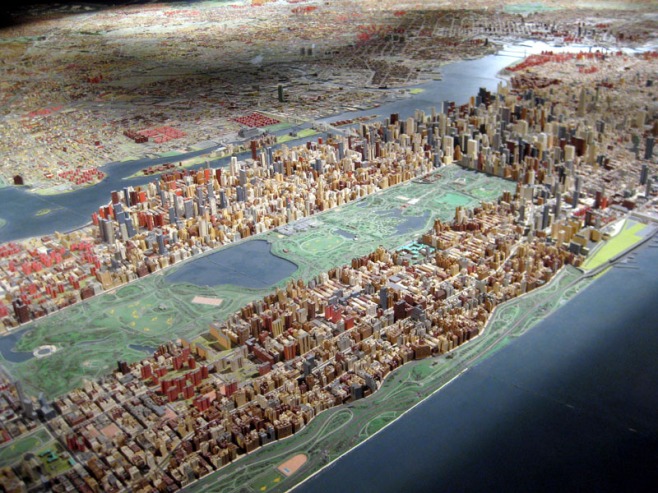

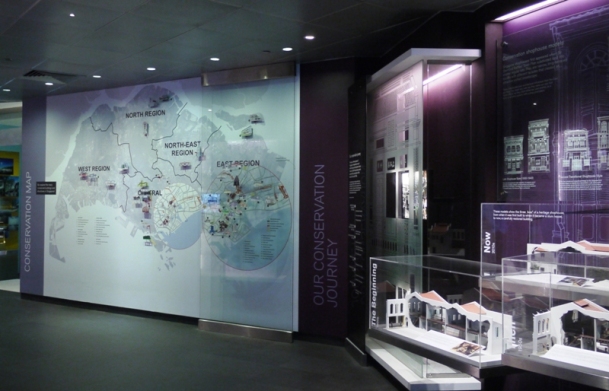
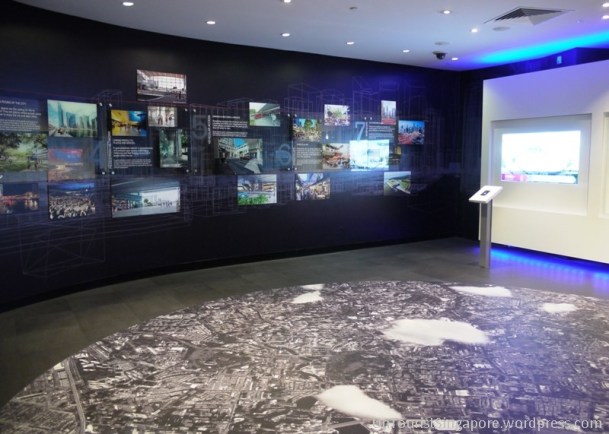
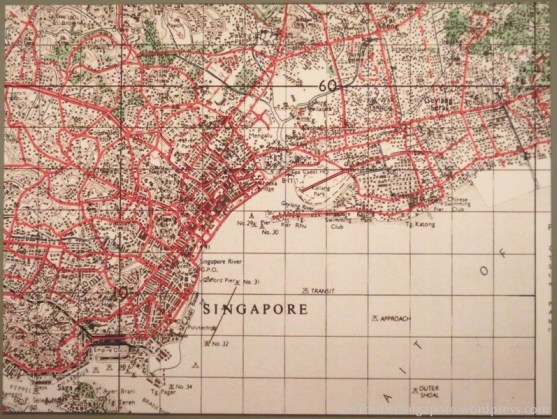
these miniature model cities are a lot of fun to see. i like our nyc version in queens, it’s very old school. btw it has been updated again and continuously since 2009 using a buy-a-building donation program. this way you can sponsor an old bldg or even add a new one:
http://www.queensmuseum.org/exhibitions/2013/10/30/panorama-of-the-city-of-new-york/
Hi there,
Yes the building block -style NYC model is neat in an old-school way, and the Adopt-a-Building program where donors receive a “title deed” after a donation is really clever and fun.
I wonder if they’ve updated the model with the new 1 World Trade Center though.
Regards
MBev